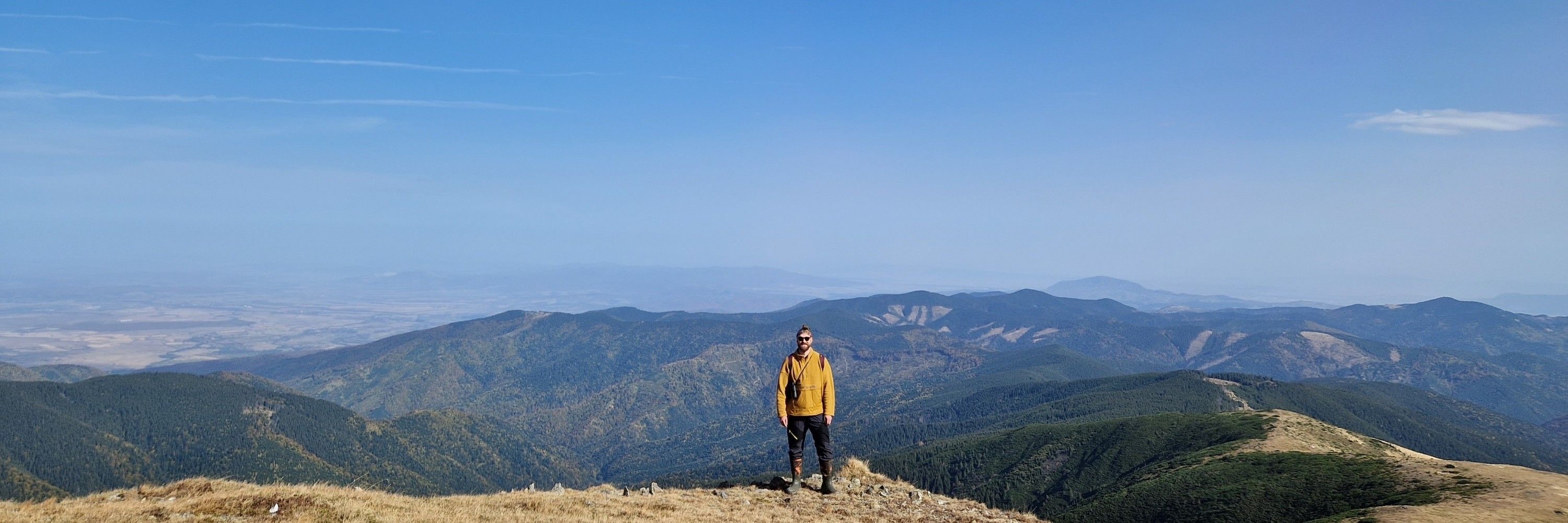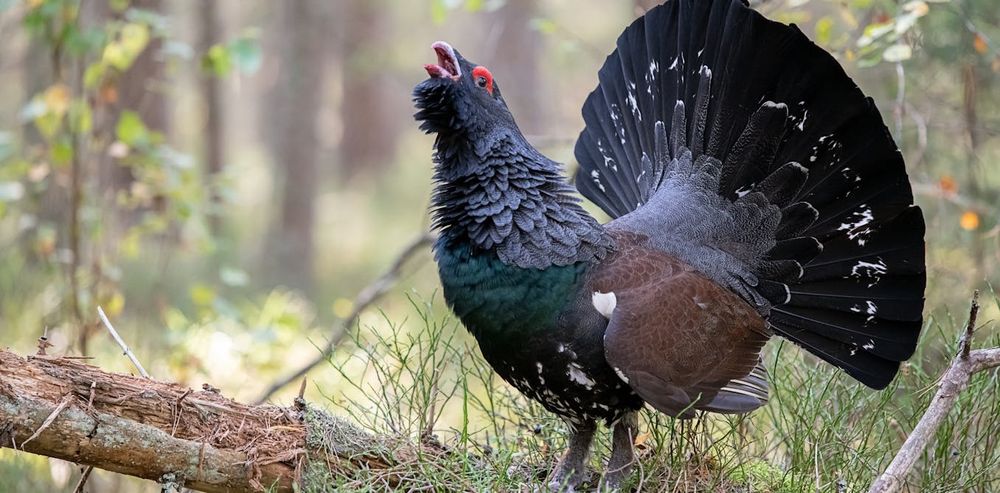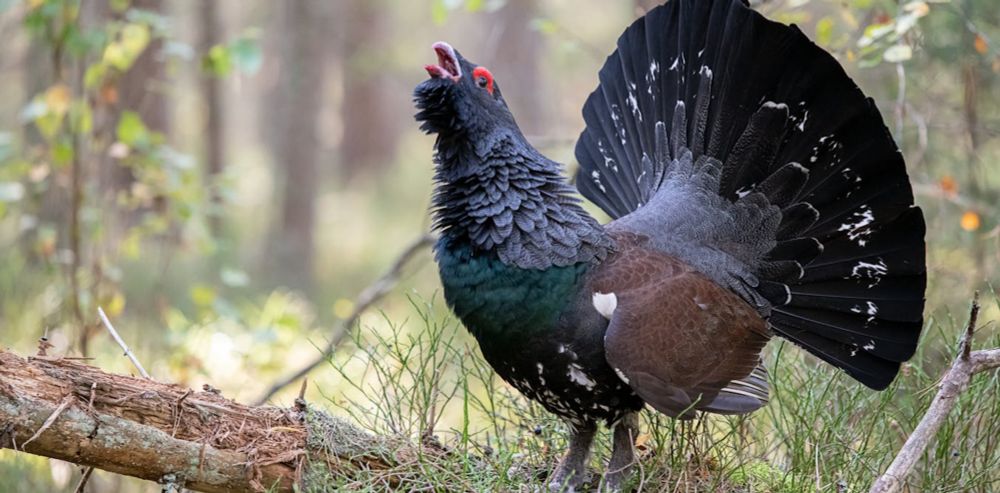
Ecology, PhD Candidate Univeristy of Aberdeen.
Reposted by Jack A. Bamber

Through a co-designed experiment with practitioner & community engagement, this study evaluated the effects of diversionary feeding as a non-lethal strategy to reduce predation🧪
doi.org/10.1111/1365...
Reposted by Jack A. Bamber

Excited to share my research at #BOUatEOU on breeding failure of tawny owls (Strix aluco) in commercial plantations 🦉🌲
How do owls deal with changing food availability and the return of a new nest predator?
#ornithology #predation #prey-switching

share.google/moIa6lsYWt7D...

Many land managers across the current cappercaillie range in Scotland are now deploying diversionary feeding for predator management.

share.google/VoojsQX8XCZf...


share.google/vDyXV8IFNUPE...

We found that diversionary feeding is a suitable impact based tool to reduce conflicts between recovering predators (pine marten) and endangered ground nesting birds (cappercaillie) in Scottish Forests.
🧪🌍🦤🍁
Learn more about all winning images: spklr.io/63321BGOvf
@bmc.springernature.com #PhotoCompetition
Reposted by Jack A. Bamber
Learn more about all winning images: spklr.io/63321BGOvf
@bmc.springernature.com #PhotoCompetition
Reposted by Julie L. Lockwood, Jack A. Bamber

Check out our new paper for advice on the number of sites you need to reliably detect interactions under different scenarios ⬇️
Reposted by Jack A. Bamber


Reposted by Jack A. Bamber

"Surprisingly effective way to save the capercaillie: keep its predators well-fed"
theconversation.com/a-surprising...
Reposted by Jack A. Bamber

Diversionary feeding of predators (in this case a Pine Martin) increases the breeding success of Capercaillie, as fewer eggs get stolen
#SciArt

